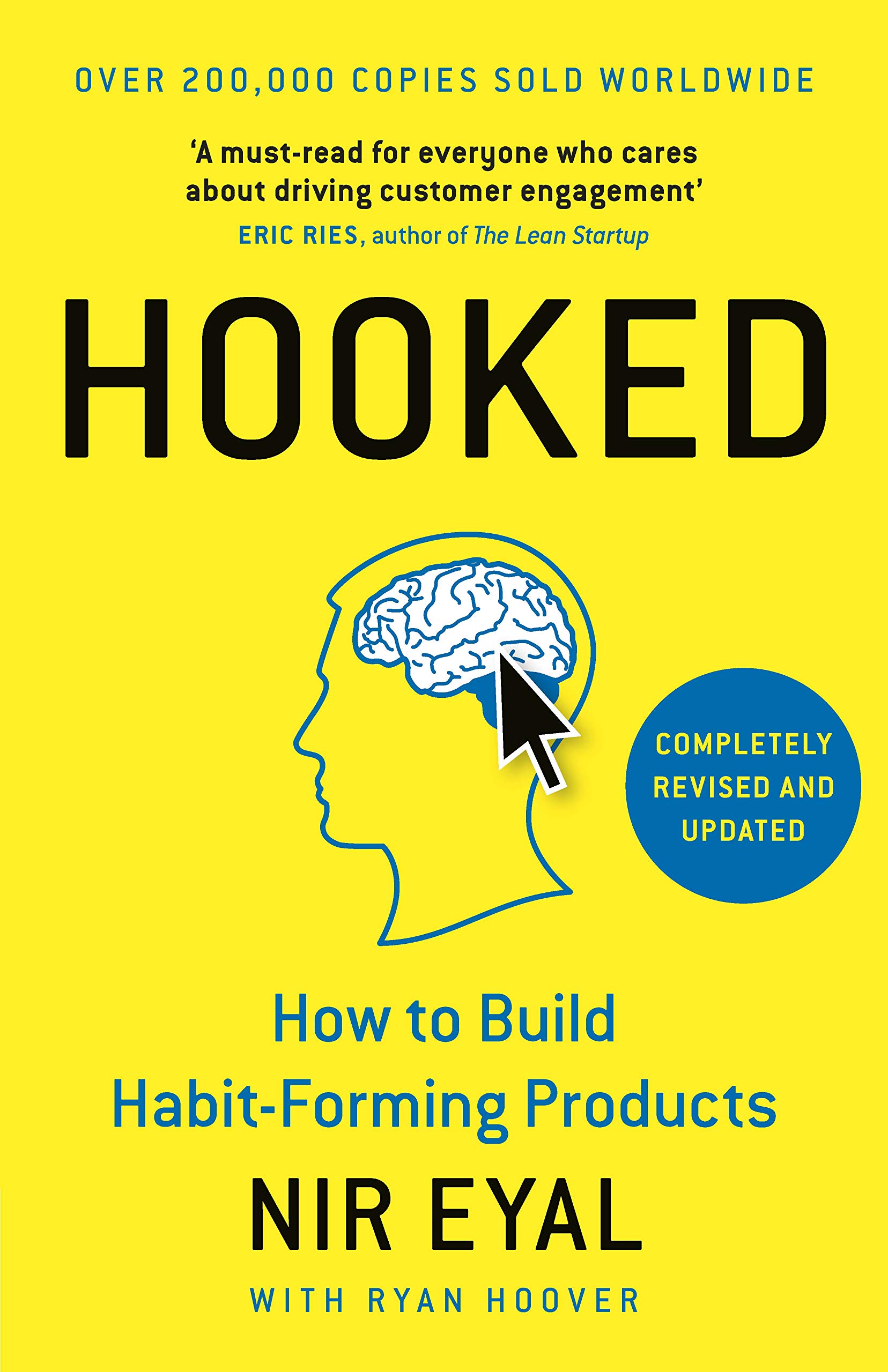
Hooked: How to Build Habit-Forming Products
von Nir Eyal
The enemy of forming new habits is past behaviors, and research suggests that old habits die hard. Even when we change our routines, neural pathways remain etched in our brains, ready to be reactivated when we lose focus.15 This presents an especially difficult challenge for product designers trying to create new lines or businesses based on forming new habits.
A 2010 study found that some habits can be formed in a matter of weeks while others can take more than five months.23 The researchers also found that the complexity of the behavior and how important the habit was to the person greatly affected how quickly the routine was formed.
My answer to the vitamin versus painkiller question: Habit-forming technologies are both. These services seem at first to be offering nice-to-have vitamins, but once the habit is established, they provide an ongoing pain remedy.
These common needs are timeless and universal. Yet talking to users to reveal these wants will likely prove ineffective because they themselves don’t know which emotions motivate them. People just don’t think in these terms. You’ll often find that people’s declared preferences—what they say they want—are far different from their revealed preferences—what they actually do.
One method is to try asking the question “Why?” as many times as it takes to get to an emotion. Usually, this will happen by the fifth why. This is a technique adapted from the Toyota Production System, described by Taiichi Ohno as the “5 Whys Method.” Ohno wrote that it was “the basis of Toyota’s scientific approach … by repeating ‘why?’ five times, the nature of the problem as well as its solution becomes clear.”13 When it comes to figuring out why people use habit-forming products, internal triggers are the root cause, and “Why?” is a question that can help drill right to the core. For example, let’s say we’re building a fancy new technology called e-mail for the first time. The target user is a busy middle manager named Julie. We’ve built a detailed narrative of our user, Julie, that helps us answer the following series of whys: Why #1: Why would Julie want to use e-mail? Answer: So she can send and receive messages. Why #2: Why would she want to do that? Answer: Because she wants to share and receive information quickly. Why #3: Why does she want to do that? Answer: To know what’s going on in the lives of her coworkers, friends, and family. Why #4: Why does she need to know that? Answer: To know if someone needs her. Why #5: Why would she care about that? Answer: She fears being out of the loop.
However, Quora demonstrated that social rewards and the variable reinforcement of recognition from peers proved to be much more frequent and salient motivators. Quora instituted an upvoting system that reports user satisfaction with answers and provides a steady stream of social feedback. Quora’s social rewards have proven more attractive than Mahalo’s monetary rewards. Only by understanding what truly matters to users can a company correctly match the right variable reward to their intended behavior. Recently, gamification—defined as the use of gamelike elements in nongame environments—has been used with varying success. Points, badges, and leaderboards can prove effective, but only if they scratch the user’s itch. When there is a mismatch between the customer’s problem and the company’s assumed solution, no amount of gamification will help spur engagement. Likewise, if the user has no ongoing itch at all—say, no need to return repeatedly to a site that lacks any value beyond the initial visit—gamification will fail because of a lack of inherent interest in the product or service offered. In other words, gamification is not a “one size fits all” solution for driving user engagement.
Unlike its competitors who sell preassembled merchandise, IKEA puts its customers to work. It turns out there’s a hidden benefit to making users invest physical effort in assembling the product—by asking customers to assemble their own furniture, Ariely believes they adopt an irrational love of the furniture they built, just like the test subjects did in the origami experiments. Businesses that leverage user effort confer higher value to their products simply because their users have put work into them. The users have invested in the products through their labor.
In a classic Aesop’s fable, a hungry fox encounters grapes hanging from a vine. The fox desperately wants the grapes. Yet as hard as he tries, he cannot reach them. Frustrated, the fox decides the grapes must be sour and that therefore he would not want them anyway. The fox comforts himself by changing his perception of the grapes because it is too uncomfortable to reconcile the thought that the grapes are sweet and ready for the taking, and yet he cannot have them. To reconcile these two conflicting ideas, the fox changes his perception of the grapes and in the process relieves the pain of what psychologists term cognitive dissonance.
As discussed in the first chapter, many habit-forming technologies begin as vitamins—nice-to-have products that, over time, become must-have painkillers by relieving an itch or pain. It is revealing that so many breakthrough technologies and companies, from airplanes to Airbnb, were at first dismissed by critics as toys or niche markets. Looking for nascent behaviors among early adopters can often uncover valuable new business opportunities.